Top 10 Worst Cars for Tall Drivers in 2017: Consumer Reports

If you’re a tall driver shopping for a new car, you should probably avoid these.
Consumer Reports has revealed its list of the 10 worst cars for tall drivers, and unsurprisingly, it’s filled with compact sports cars and convertibles. To arrive at the selection of cars, the publication took a closer look at test scores of recently tested vehicles, for seat comfort, driving position, access and the view out. The tallest tester used was 6 feet 2 inches.
SEE ALSO: Best Three-Row Vehicles of 2017: Consumer Reports
And some of these cars aren’t even recommended for short drivers. Consumer Reports says sports cars cater poorly to both extreme, with tall drivers hitting the roof and short people unable to reach the clutch.
Since the vehicles aren’t ranked in a particular order, they are listed below alphabetically.
BMW Z4
This roadster from BMW isn’t long for this world and will soon be replaced by the Z5. If you’re fortunate to even find one, the BMW Z4 sDrive28i comes standard with a 2.0-liter TwinPower Turbo four-cylinder engine providing 240 horsepower and 260 pound-feet of torque. The entry-level model returns 22 mpg in the city and 34 mpg on the highway. For now, it’s best to wait for its successor since it’ll ride on a platform co-developed with Toyota. That same platform will also be used on the next Toyota Supra.
Ford Fiesta ST
Sitting atop the Ford Fiesta lineup is the ST model, priced from $22,015 including destination. The compact hatch features a 1.6-liter turbocharged four-cylinder engine paired to a six-speed manual transmission to provide 197 hp and 202 lb-ft of torque while returning 26 mpg in the city and 33 mpg on the highway. Front headroom measures 39.1 inches while maximum leg room is 43.6 inches. Shoulder room comes in at 52.7 inches.
Ford Focus ST
It’s no longer Ford’s hottest hatch with the Ford Focus RS ( AutoGuide.com‘s 2017 Car of the Year) in the lineup, but the ST is more affordable with a starting price of $25,650. Under the hood is a 2.0-liter EcoBoost four-cylinder engine with 252 hp and 270 lb-ft of torque while getting an EPA-estimated 22 mpg in the city and 30 mpg on the highway. Front headroom on the Ford Focus ST measures 38.3 inches while shoulder room is 38 inches. Maximum leg room up front is 43.1 inches.
Lexus IS
One of the few sedans on the list, the Lexus IS starts from $38,820 and comes equipped with a 2.0-liter turbocharged four-cylinder engine with 241 hp and 258 lb-ft of torque. The turbocharged engine helps return a respectable 22 mpg in the city and 32 mpg on the highway for a 26-mpg combined rating. Headroom up front measures 38.2 inches while legroom is 44.8 inches and shoulder room is 55.9 inches.
Mazda MX-5 Miata
There’s a lot to love about the Mazda MX-5 Miata, but if you’re a tall driver, it might not be the most comfortable thing out there. The convertible sports car starts from $25,750 and sports a 2.0-liter four-cylinder engine with 155 hp and 148 lb-ft of torque. When equipped with a manual transmission, it returns 27 mpg in the city and 34 mpg on the highway, while the automatic transmission delivers 27 mpg in the city and 36 mpg on the highway. Headroom measures 37.4 inches while shoulder room is 52.2 inches and legroom is 43.1 inches.
Mitsubishi i-MiEV
We’d understand if you forgot the Mitsubishi i-MiEV even exists. The all-electric vehicle from Mitsubishi is outdated compared to its rivals. But if you’re so inclined to shop for one, it starts from $23,845. It’s rated at 112 MPGe with its electric motor providing 66 hp and 145 lb-ft of torque. Inside, it measures 35.6 inches for headroom and 33.8 inches for legroom while shoulder room is 54.8 inches.
Porsche 718 Boxster
Starting from $58,450 the Porsche 718 Boxster comes standard with a 2.0-liter turbocharged Boxer four-cylinder engine with 300 hp and 280 lb-ft of torque that returns 21 mpg in the city and 28 mpg on the highway with a manual transmission. When equipped with Porsche’s PDK, it gets 22 mpg in the city and 30 mpg on the highway for a 25-mpg combined rating.
Porsche 911
The Porsche 911 might have over 20 variants for you to choose from, but none of them are recommended for a tall driver. The cheapest model is the Porsche 911 Carrera, starting from $92,150 and powered by a 3.0-liter twin-turbo six-cylinder Boxer engine with 370 hp and 331 lb-ft of torque. It returns 20 mpg in the city and 29 mpg on the highway for a 23-mpg combined rating.
Toyota Tacoma
Surprised to see a truck on the list? The Toyota Tacoma offers 39.7 inches of headroom and 42.9 inches of legroom, along with 58.3 inches of shoulder room. The truck is priced from $25,280 and comes standard with a 2.7-liter four-cylinder engine with 159 hp and 180 lb-ft of torque. Fuel economy for the standard engine is 18 mpg in the city and 23 mpg on the highway while paired to a 6-speed automatic transmission.
Toyota Yaris
The Toyota Yaris is one of the more affordable compact cars available in today’s market with a starting price of $16,135. That gets you a 1.5-liter four-cylinder engine with 106 hp and 103 lb-ft of torque while returning 30 mpg in the city and 36 mpg on the highway for a 33-mpg combined rating. Don’t expect too much in the cabin however, as it measures 39.3 inches in headroom, 52.5 inches in shoulder room and 40.6 inches in legroom.

Jason Siu began his career in automotive journalism in 2003 with Modified Magazine, a property previously held by VerticalScope. As the West Coast Editor, he played a pivotal role while also extending his expertise to Modified Luxury & Exotics and Modified Mustangs. Beyond his editorial work, Jason authored two notable Cartech books. His tenure at AutoGuide.com saw him immersed in the daily news cycle, yet his passion for hands-on evaluation led him to focus on testing and product reviews, offering well-rounded recommendations to AutoGuide readers. Currently, as the Content Director for VerticalScope, Jason spearheads the content strategy for an array of online publications, a role that has him at the helm of ensuring quality and consistency across the board.
More by Jason Siu



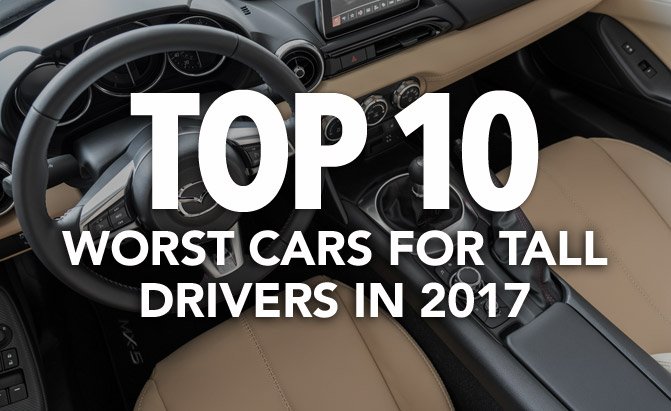























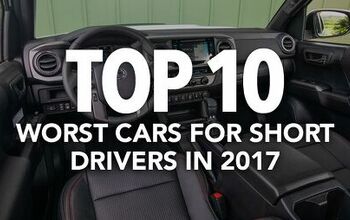



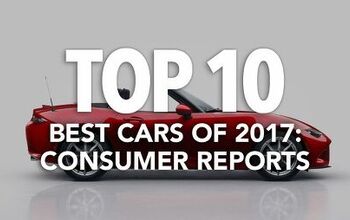
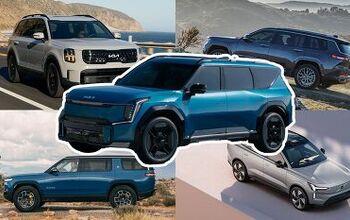
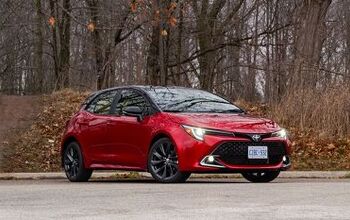
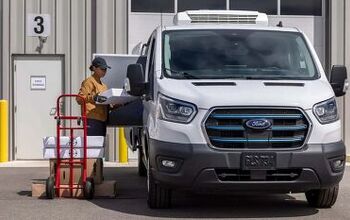
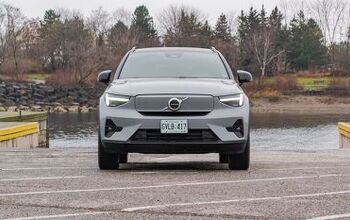


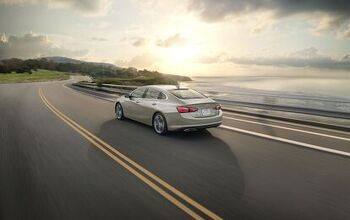

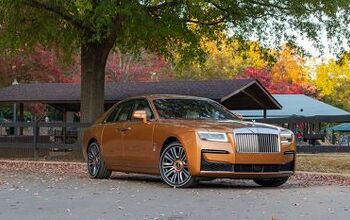

Comments
Join the conversation
I'm 6'3" tall and I have absolutely no complaints with headroom issues on my i-MiEV. It's an odd looking car, but that's partly because it's so tall for a subcompact. Perhaps the reviewer should learn how to adjust the seat? Or is this just the latest chapter of stupid i-MiEV slams we've been seeing from Consumer Reports for years now?
I have no issues getting in ford focus cars, my 2011 mazda 3 has tighter headroom and I still fit just fine even my taller friends have no issues in my car or one had a focus st and had no issues with getting in and out or head room either. the fiesta on the other hand, I cant even pretend to fit in that thing, even with the seat back as far as it goes I still have my knees dug into the huge piece of plastic that dominates the interior ford calls a dashboard and the pedals are then too far to the right and the accelerator is too small and brake too big and I hit both on accident (my old job had one for deliveries, hated driving it, always used the versa or frontier if they where there) surprisingly though I fit just fine in a Miata and a yaris.